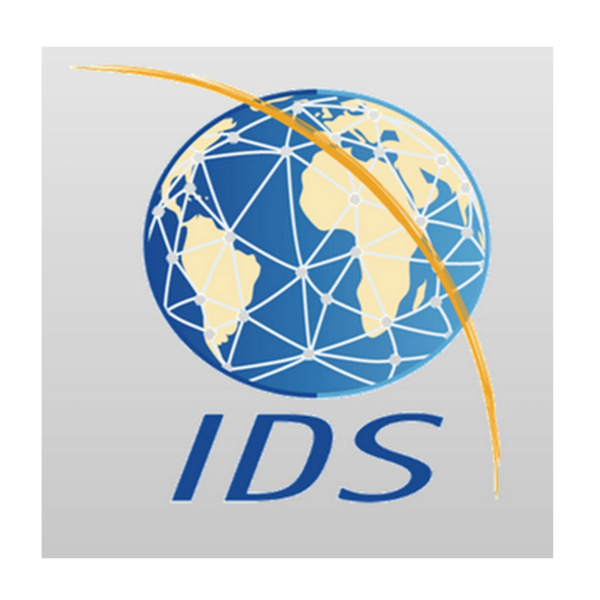DORIS Data and Product Archive
NASA’s Crustal Dynamics Data Information System (CDDIS) serves as a global data center for the International DORIS Service (IDS) by holding DORIS data and products in their archive. DORIS data in RINEX format are submitted to CDDIS daily with a one-day delay. DORIS data in the original format are also supplied to the data center in multi-day files, corresponding to the mission’s data processing arc, and are forwarded approximately 20 days after the end of the last observation day contained in the file.
DORIS data records contain a time-tagged range-rate measurement with associated ancillary information. The data records also contain information about any corrections that may have been applied during the processing phase, such as for the ionosphere, troposphere, and satellite center of mass, among others. Furthermore, meteorological measurements (e.g., temperature, relative humidity, ground pressure) recorded by instruments co-located with the ground-based beacons are included with the DORIS data and can be used to determine the tropospheric correction.
Learn more about DORIS data and product holdings.
